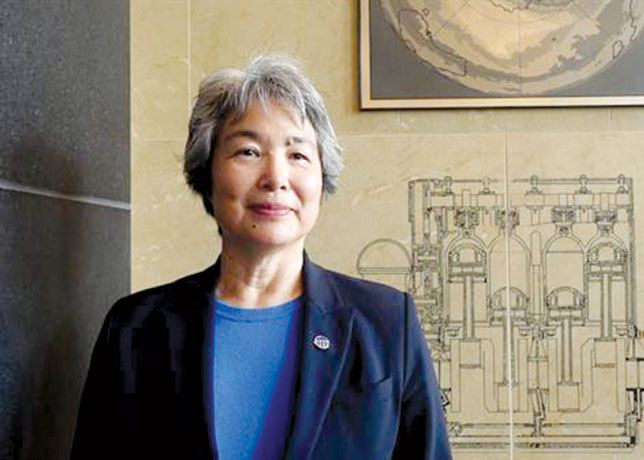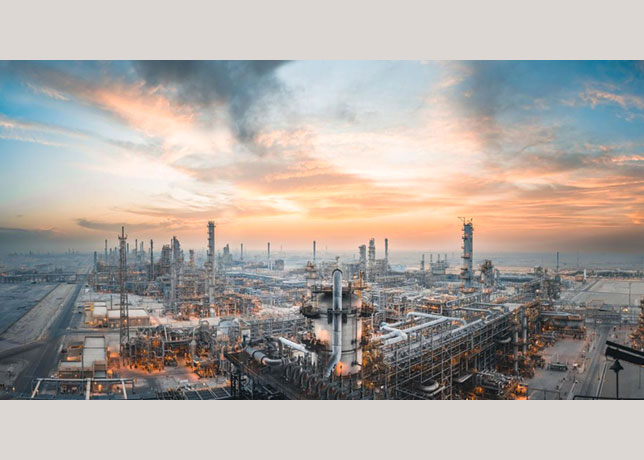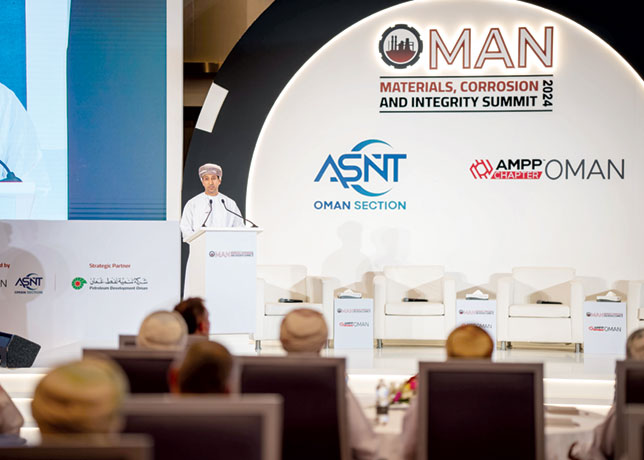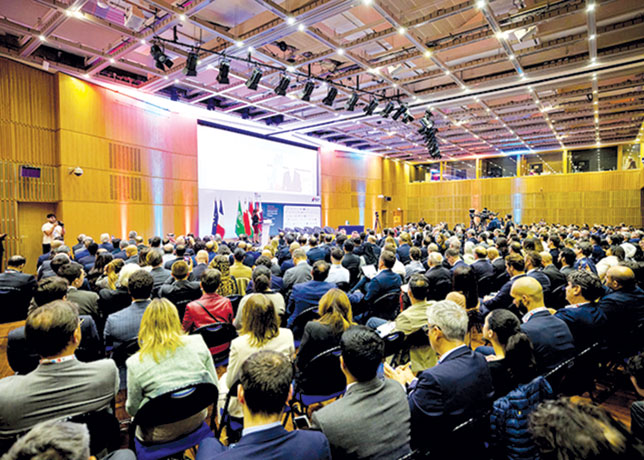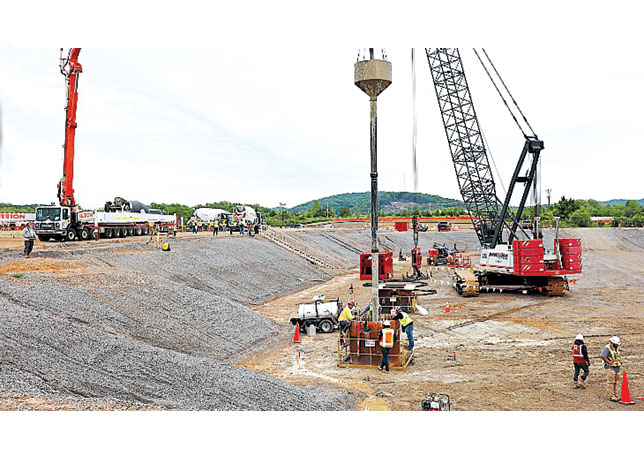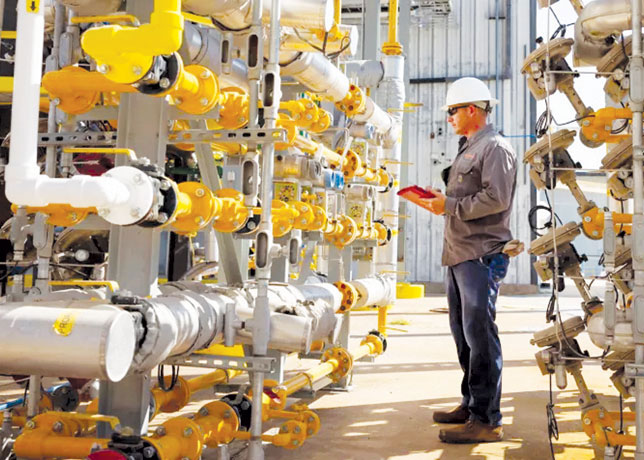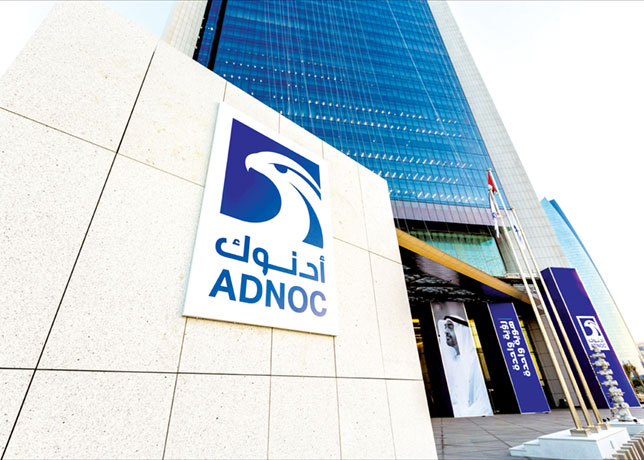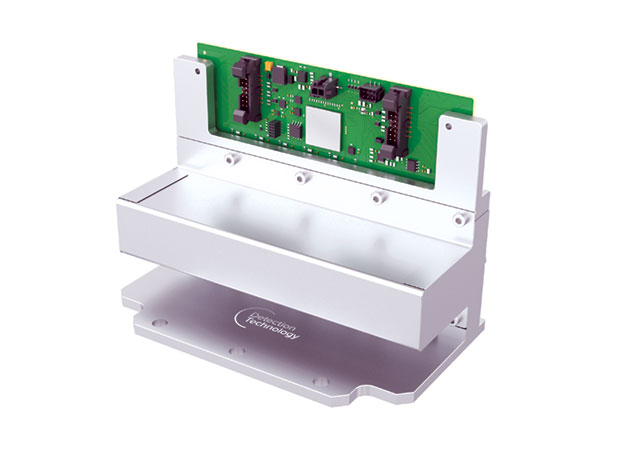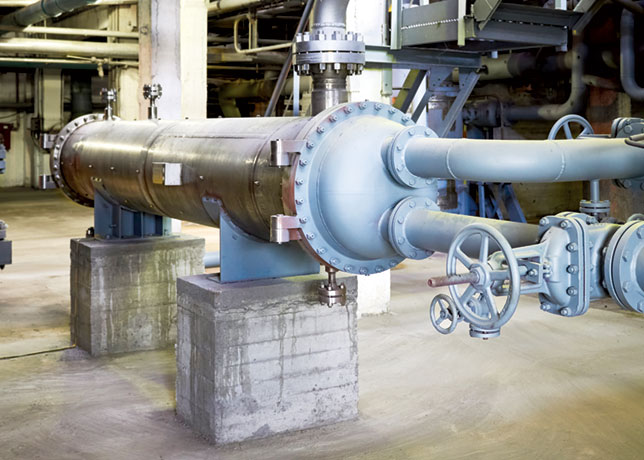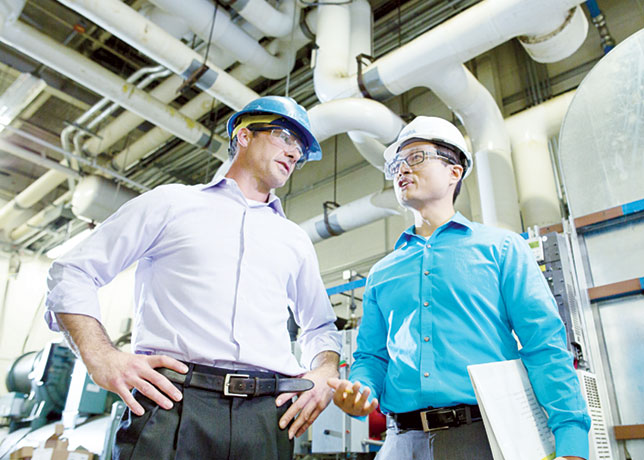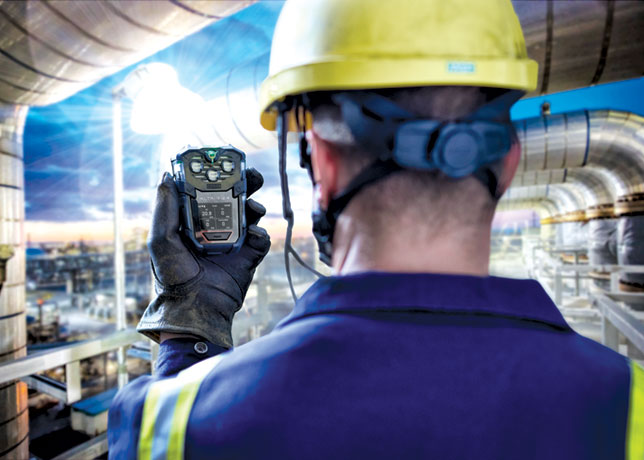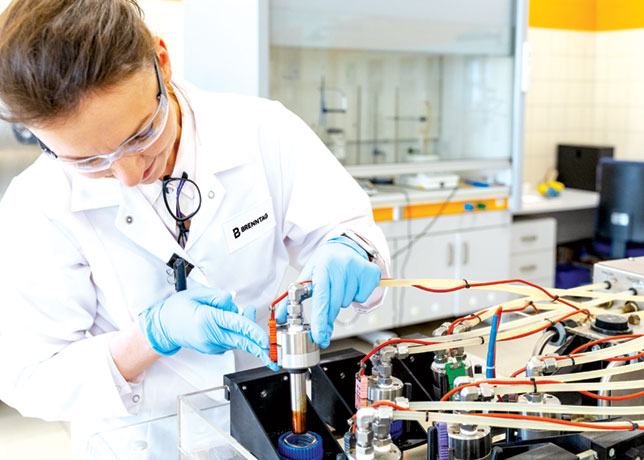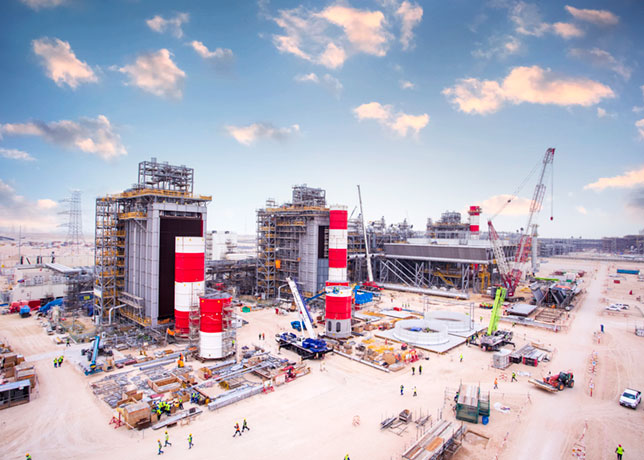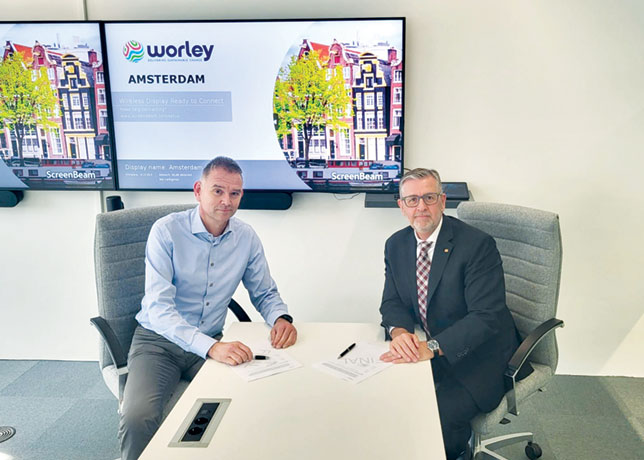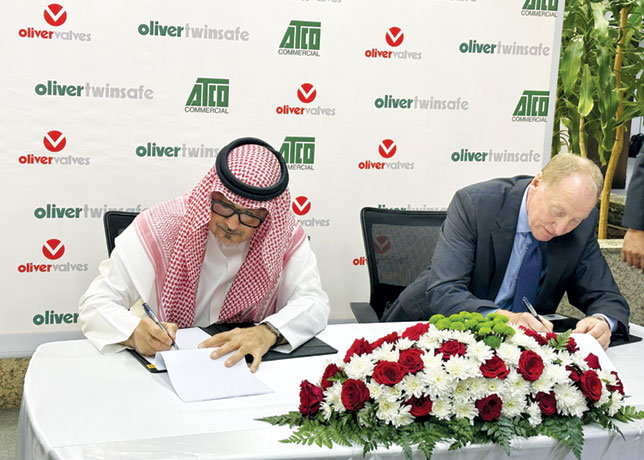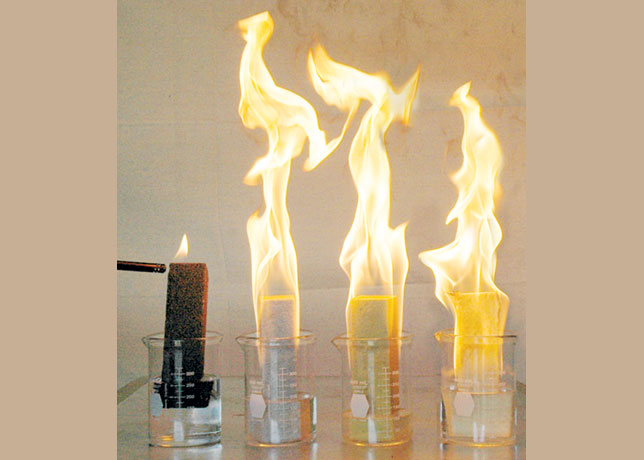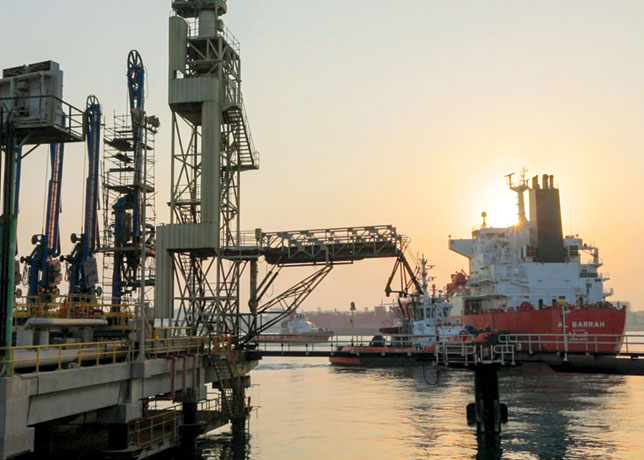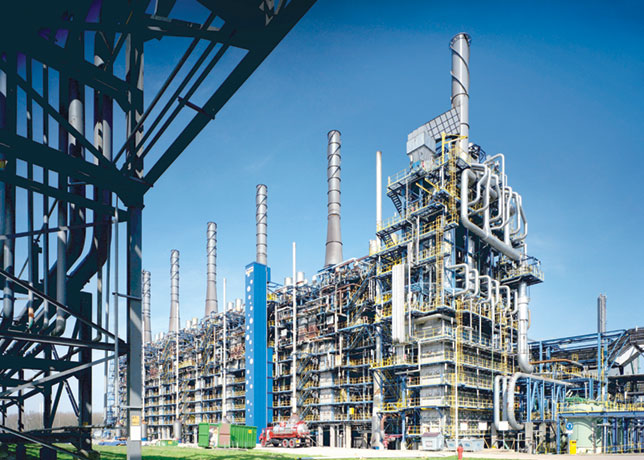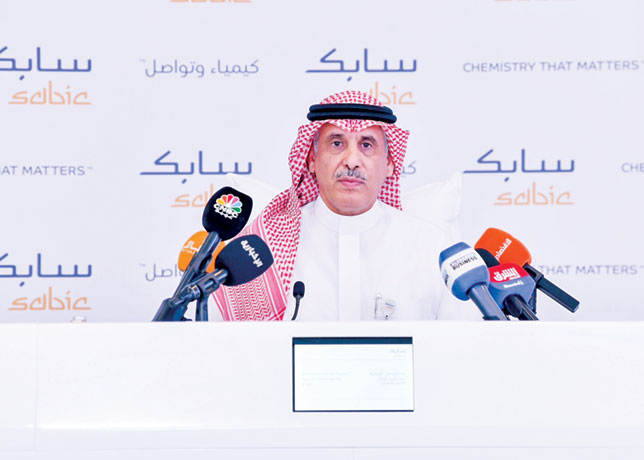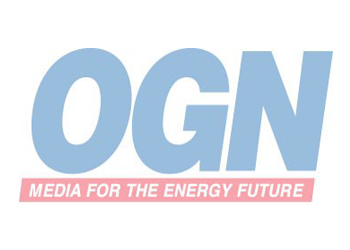
 Gemini venturi unit
Gemini venturi unit
Norwegian company Venturie AS and Vela International Marine Limited, a shipping subsidiary of Saudi Aramco, have successfully tested a new technology that considerably reduces volatile organic compound (VOC) emissions.
The pioneering system traps emissions from tanker cargo during transport and returns them to the cargo. The system, akin to keeping the carbonation in a soda bottle, has been shown to also work during loading of tankers.
A test conducted in mid-June at Saudi Aramco’s Ju'aymah loading terminal showed that VOC emissions were reduced by 45-50 per cent during loading of the very large crude carrier (VLCC) Gemini Star, Vela’s 280,000 dwt single-hulled VLCC.
Jorn Heimstad, president of Venturie AS, said the test proved the system captured approximately 100 tonnes of hydrocarbon vapour.
The loading trial was part of an on-going development programme between Vela and Venturie.
This was the first occasion that the new two-part integrated system for the suppression of the harmful non-methane volatile organic compound (nmVOC) vapour discharges during loading, and its recovery during transit, was put into operation.
Loading rates as high as 80,000 barrels per hour were established with the pressure control equipment remaining fully functional.
In order to suppress the discharge of nmVOC vapours, the first part of the system required a loading backpressure control unit to be installed on the vessel’s two mast risers. In current loading procedures, it is normal for the cargo tank to be at, or near, atmospheric pressure. Here, the pressure was allowed to rise to 1,200 mm water gauge, giving this considerable evaporation reduction.
To comply with DNV, ABS, and Lloyds Register of Shipping’s safety requirements, the pressure in the cargo tank is maintained by a pressure-transmitter controlled relief valve in the inert gas line to the mast riser, and is in parallel to the standard relief valve.
The transmitter-controlled relief valves open and close quickly to keep the pressure in the cargo tank close to the designated set pressure. Gemini Star’s chief officer, Ing Malcom, stated that he was “keeping a close eye on the tank pressures; but the system worked just as it was designed to.”
The tanker’s master, Captain Stefano De Petris said, “The system worked beautifully. However, this is brand new technology and it's best to take things slowly whenever testing out something so new.”
Venturie has been a pioneer in the development of the system that uses the backpressure sensitivity on the hydrocarbon in order to limit the evaporation of the oil.
Intertanko, the International Association of Independent Tanker Operators, subsequently adopted the principle to develop the VOCON guidelines, wherein they recommend loading under pressure, with a modest depressurisation when tanks must be vented.
The second stage of the Venturie system is used during transit of the cargo. It has already been successfully operating on board Vela’s 301,000 dwt tanker the Polaris Star since 2002; the Suhail Star 2003 and on Gemini Star.
The readsorption unit too, is simple in concept, consisting mainly of standard pipework, a dual static venturi gas compressor, standard pressure instrumentation, and an oil pump.
During the vapour recovery process, oil is pumped from the bottom of the cargo tank and through the dual venturi chambers. The venturi chambers pull in a mixture of VOC vapour and inert gas that have risen from the ullage volumes in the cargo tanks and into the ship’s inert gas manifold. The vapour is changed into small bubbles that are readily absorbed into the oil and deposited at the bottom of the cargo tank.
The pressure head of oil retains the absorbed VOC vapour, while the inert gas gradually rises to the top of the tank.
One to two hours daily operation is, according to Venturie, all that is necessary to maintain the cargo tanks emission free.
With a standard oil pump as the sole moving part of the system, the system is almost totally maintenance free, and operating costs are extremely low.
Industry accepted figures suggest that for a VLCC, such as the Gemini Star, between 0.15 and 0.25 per cent of the crude oil cargo are lost in evaporation, depending largely on the physical characteristics of the oil; perhaps as much as 600 tonnes during the loading, transit and discharge operations.
At a currently modest $50 per barrel, this represents a loss to the cargo owner of $210,000; sufficient, at June’s rates, to charter a VLCC and sustain the vessel at sea for 12 days.
Venturie says that 20 to 50 per cent of the current loading losses can be prevented by adoption of their backpressure system, and 100 per cent of transit losses.







